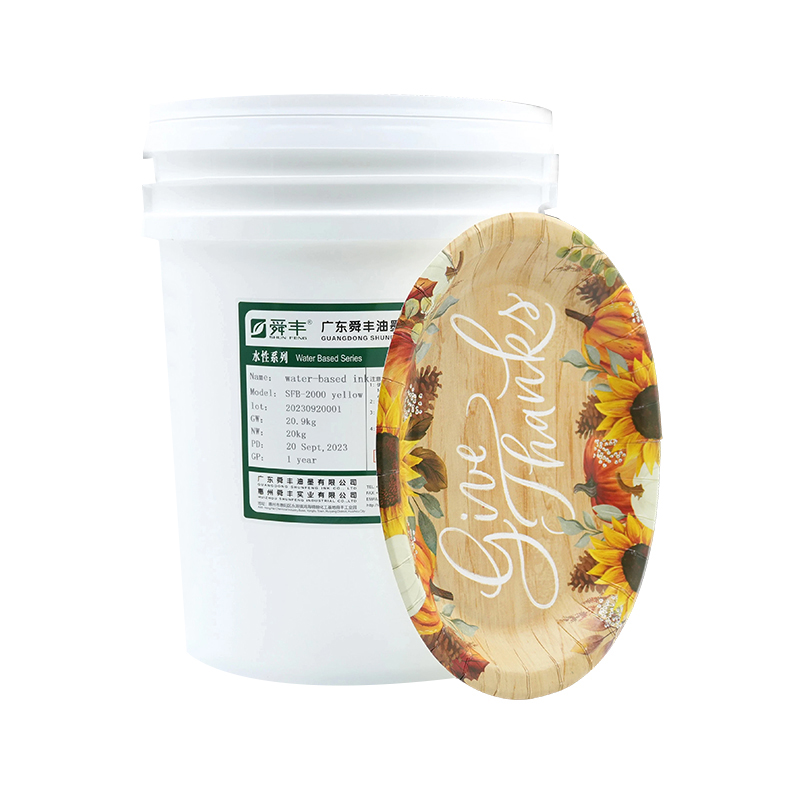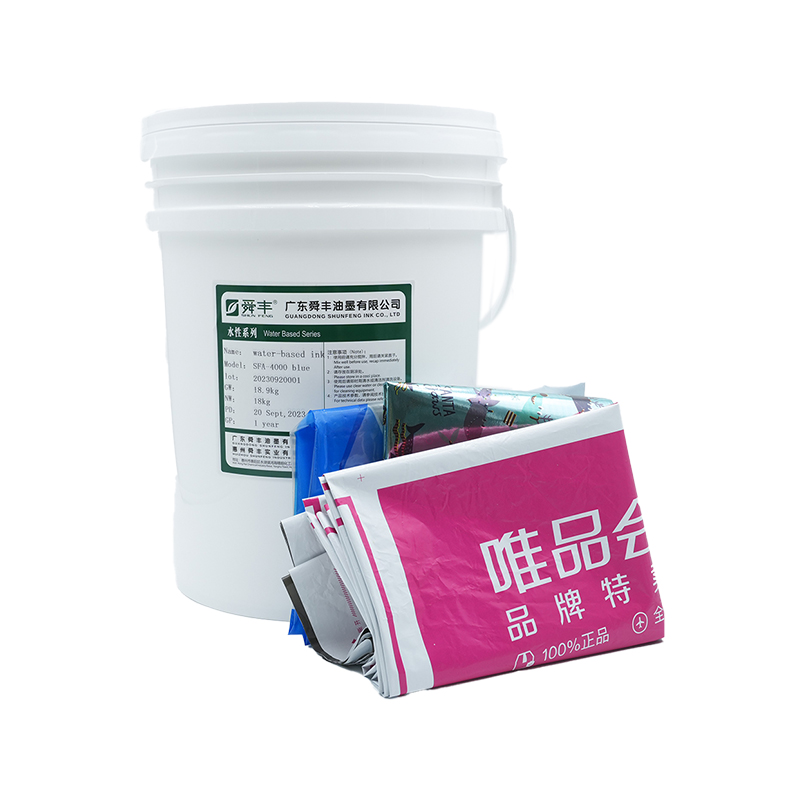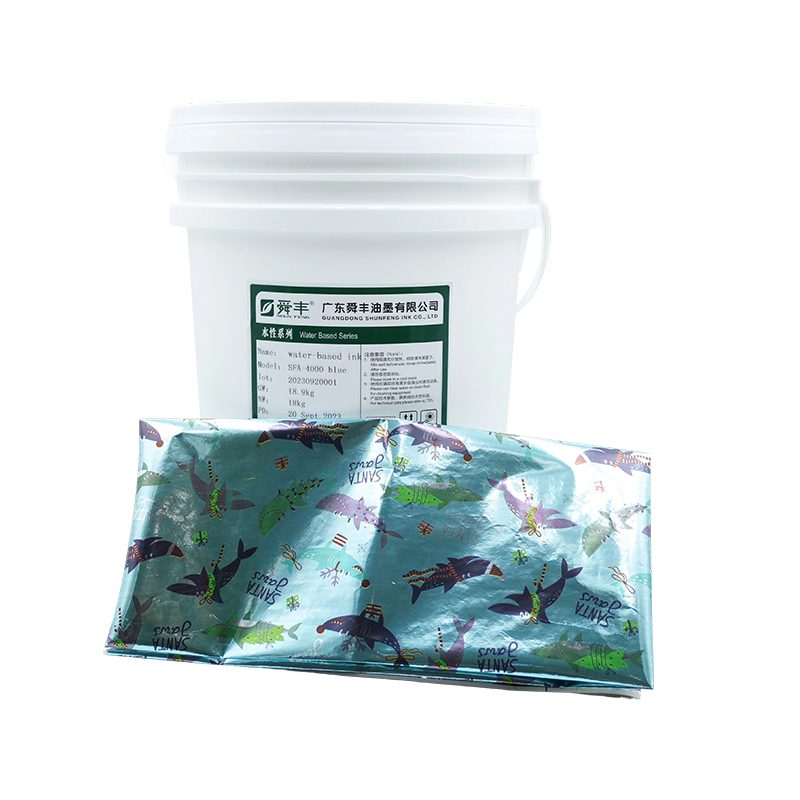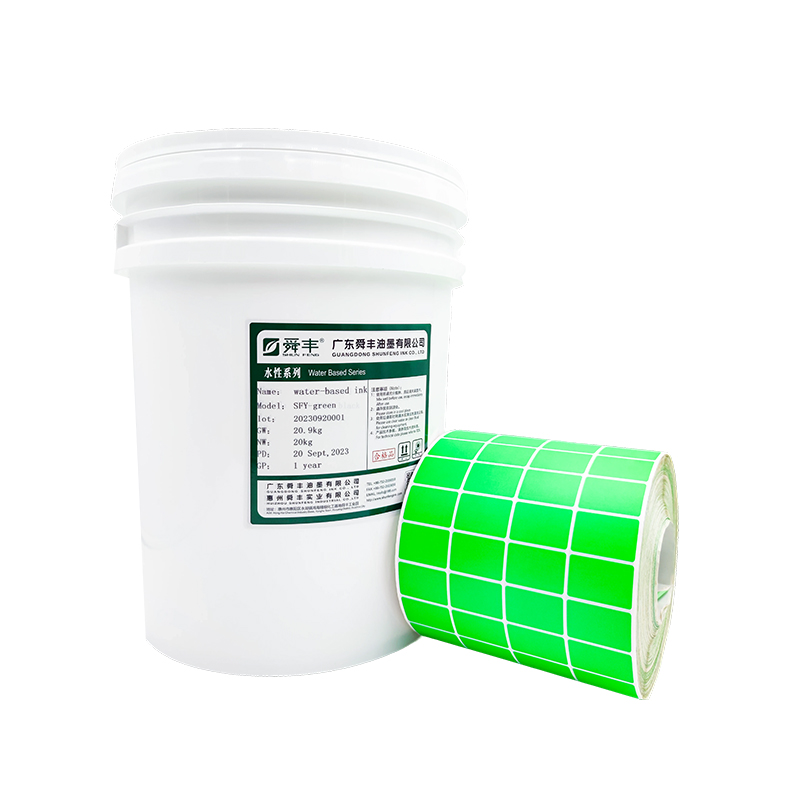How can the high fluorescent brightness of flexo water-based fluorescent ink improve the recognition of printed materials in low-light environments?
Release Time : 2025-07-11
The high fluorescent brightness of flexo water-based fluorescent ink improves the recognition of printed materials in low-light environments, first of all due to its special fluorescent material composition. The fluorescent pigments or dyes added to this type of ink can absorb the ultraviolet light or short-wave part of visible light in the environment, and then convert it into visible light with a longer wavelength and release it. In a dim environment, even if the surrounding visible light is insufficient, as long as there is weak ultraviolet light or other short-wave light, these fluorescent substances can continue to emit bright light, making the patterns and text on the printed materials stand out from the surrounding environment, making them easier to be captured by the human eye.
The high concentration of fluorescent components in the ink itself also provides a basis for recognition in low-light environments. During the formulation process, the content of fluorescent substances is precisely controlled to ensure that it can maintain sufficient concentration after drying and forming a film.
This high concentration ensures that the fluorescent effect will not be weakened by the dilution or drying process of the ink. Even in low light conditions, it can release fluorescence of sufficient intensity, allowing the content on the printed matter to form a clear visual focus, forming a strong contrast with the surrounding dim environment, thereby quickly attracting the viewer's attention.
The uniform ink film formed by the ink on the surface of the paper allows the fluorescent brightness to be presented stably. The flexographic printing process itself has good ink transfer performance. Combined with the good fluidity of water-based ink, the ink can be evenly spread on the surface of the paper to form a smooth ink film. This uniform ink film ensures that the fluorescent substance is uniformly distributed on the surface of the printed matter, and there will be no local uneven brightness. In a low-light environment, the fluorescent brightness of each part of the printed matter remains uniform, avoiding the loss of information caused by local dimness, making the overall content clear and recognizable, and improving the recognition.
The characteristics of the water-based system allow the activity of the fluorescent substance to be better preserved. Water-based ink uses water as a dispersion medium. Compared with solvent-based ink, it is more conducive to the fluorescent substance to maintain a stable chemical state and reduce the damage to the structure of the fluorescent substance due to solvent volatilization. This allows the fluorescent substance to maintain efficient light absorption and conversion capabilities for a long time after the ink is printed. Even if it is repeatedly used in a low-light environment, its fluorescent brightness will not decay rapidly, ensuring that the printed matter can maintain good recognition for a long time.
Its good bonding with paper avoids the shedding of the fluorescent layer affecting the recognition. The adhesive component in flexo water-based fluorescent ink can be closely combined with paper fibers, forming a strong adhesion layer after drying, which is not easy to fall off due to external forces such as friction and folding. In low-light environments, even if the printed matter is physically damaged to a certain extent, the fluorescent layer can remain intact, and there will be no partial disappearance of fluorescence, ensuring that the key information on the printed matter is always visible, thus maintaining good recognition.
The uniqueness of fluorescent colors can effectively distinguish them from other colors in low-light environments, further improving recognition. Fluorescent colors themselves are bright and lively, and compared with ordinary colors, they have a stronger visual impact in low-light environments. When printed matters use fluorescent colors to present key information, even if there are interferences from other colors around, fluorescent colors can stand out with their unique visual effects, allowing viewers to quickly identify important content, especially in scenes where warnings, instructions and other information need to be highlighted. This advantage is more obvious.
The quick drying characteristics of ink also indirectly guarantee recognition in low-light environments. Flexo water-based fluorescent ink dries quickly during the flexographic printing process, avoiding problems such as smudging and overprinting during subsequent processing or use. This keeps the printed surface clean and tidy, and the fluorescent layer will not be contaminated or covered, ensuring that the fluorescent brightness can be released unimpeded. In low-light environments, the clean surface makes the fluorescent effect purer, reduces the absorption or reflection interference of impurities on light, and thus further improves the recognition of printed products.







